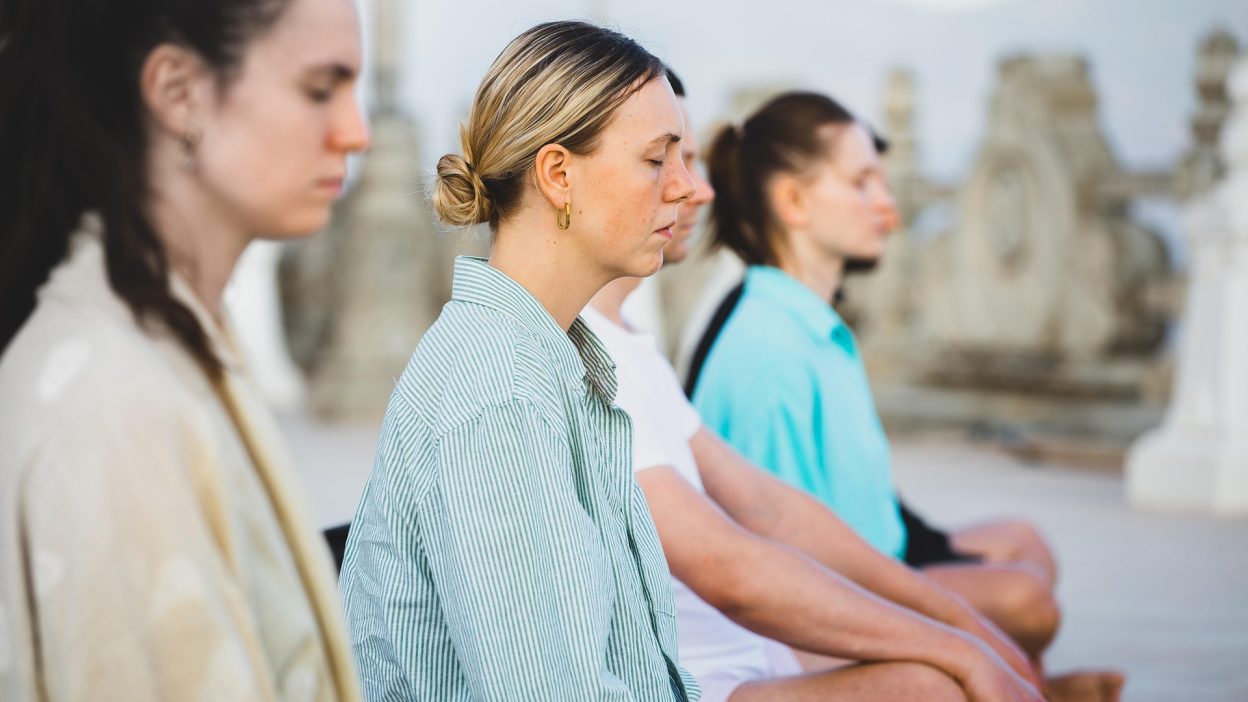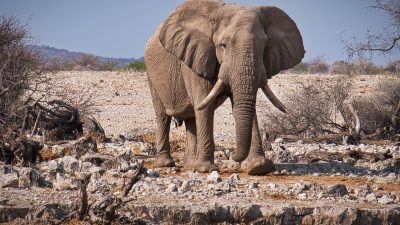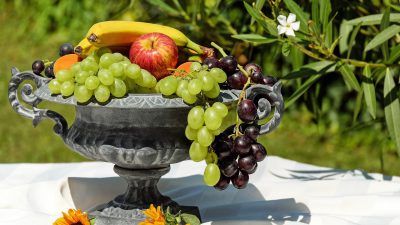The world is full of surprising facts
From stop signs once being yellow to spaghetti spoons doubling as measuring tools, the world is full of surprising facts. This blog explores some of the most fascinating and little-known pieces of trivia about history, science, and everyday life.
Introduction
The world is filled with odd, unexpected, and downright unbelievable facts that can change the way you see everyday things. Have you ever wondered why GPS is free but costs millions to maintain? Or that McDonald’s once tried to make bubble gum-flavoured broccoli? In this blog, we’ll dive into a collection of mind-blowing facts that span history, science, and daily life.
1. Historical Facts That Will Surprise You
- Stop signs were originally yellow for 30 years before turning red in 1954, when a non-fading red dye became available.
- Times Square in New York was once called Longacre Square until The New York Times moved its headquarters there in 1904.
- The shortest war in history lasted only 38 minutes.
- Santa Claus received a pilot’s licence from the US government in 1927, along with airway maps and a promise that runway lights would be on for him.
2. Science Facts You Probably Didn’t Know
- The only letter not found in the periodic table is J.
- GPS is free to use, but it costs $2 million per day to operate.
- A single strand of spaghetti is called a spaghetto, and one ravioli is a raviolo.
- Tree rings grow wider when the weather is warm and wet.
- Brass doorknobs are common because brass kills bacteria, reducing the spread of germs.
3. The Wonders of Nature
- The hottest inhabited place in the world is Dallol, Ethiopia, with an average annual temperature of 94°F (34°C) and summer highs of 116°F (47°C).
- The thorny dragon, a small lizard in Australia, uses its thorny skin as a defence mechanism.
- Australia is home to 21 of the 25 most venomous snakes in the world.
- Crocodiles can hold their breath for up to one hour and can swim at 20 mph—so don’t try to outswim one!
4. Food & Everyday Life Facts
- The hole in a spaghetti spoon isn’t just for draining water—it measures one serving of spaghetti.
- Holding a glass bottle by the neck prevents your drink from getting warmer because your hand doesn’t transfer heat to the liquid.
- The square spoon used in McDonald’s McFlurry is designed to attach to the mixing machine.
- Ketchup bottles work best when tapped on the neck, not the bottom.
- The small disc under a bottle cap helps to keep carbonation inside, preventing soda from going flat.
5. Incredible Animal Abilities
- A giraffe’s tongue is so long that it can clean its own ears.
- Lobsters can survive being frozen and come back to life when thawed.
- Prairie dogs “kiss” each other as a greeting.
- The mimic octopus can change its colour and shape to impersonate other sea creatures, like a lionfish or sea snake.
- Dogs can smell cancer because they can detect the unique scent of cancer cells in a human body.
6. Technology & Human Achievements
- The first band to perform on all seven continents was Metallica in 2013, when they played a concert in Antarctica.
- The largest tree in the world, called General Sherman, stands at 275 feet—almost as tall as the Statue of Liberty.
- The first Play-Doh was actually created as wallpaper cleaner.
- The world’s most expensive substance is antimatter, costing $25 billion per gram.
Facebook has over 2 billion users, more than the population of the US, China, and Brazil combined.




